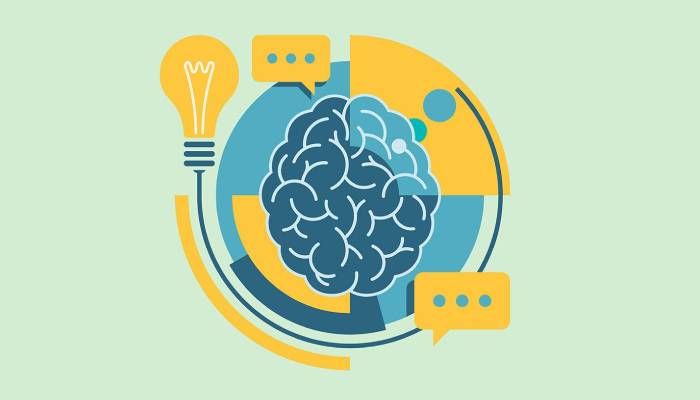
A team of scientists recently unveiled shocking revelation regarding brain memory!
Scientists have found that memory function is connected to cells from various parts of the body, not just the brain.
In the study published in Nature Communications, lead author Nikolay V. Kukushkin explains, "Learning and memory are generally associated with brains and brain cells alone, but our study shows that other cells in the body can learn and form memories, too.”
The research aimed to investigate whether non-brain cells contribute to memory by utilizing the established neurological principle of the massed-spaced effect.
Scientists recreated the process of learning by studying two types of non-brain cells in the lab, one from nerve tissue and the other from kidney tissue.
They exposed these cells to various chemical signal patterns, similar to how brain cells respond to neurotransmitters when learning new information.
As a result, the non-brain cells activated a “memory gene,” the same gene brain cells activate when they recognize patterns in information and adjust their connections to form memories.
To observe the memory and learning process, the scientists then modified these non-brain cells to produce a glowing protein, which helps to signal when the memory gene was activated or deactivated.
Surprisingly, the result revealed that these cells could differentiate between chemical pulses that mimicked brain neurotransmitter bursts which mirrors how brain neurons respond to learning with breaks instead of memorizing all the material at once.
Specifically, when the signals were delivered in spaced intervals, the memory gene in the cells was activated more strongly and for a longer time compared to when the same treatment was given all at once.
As per the researchers, this discovery opens new doors for better understanding how memory works and could result in improved methods to enhance learning and address memory issues.












